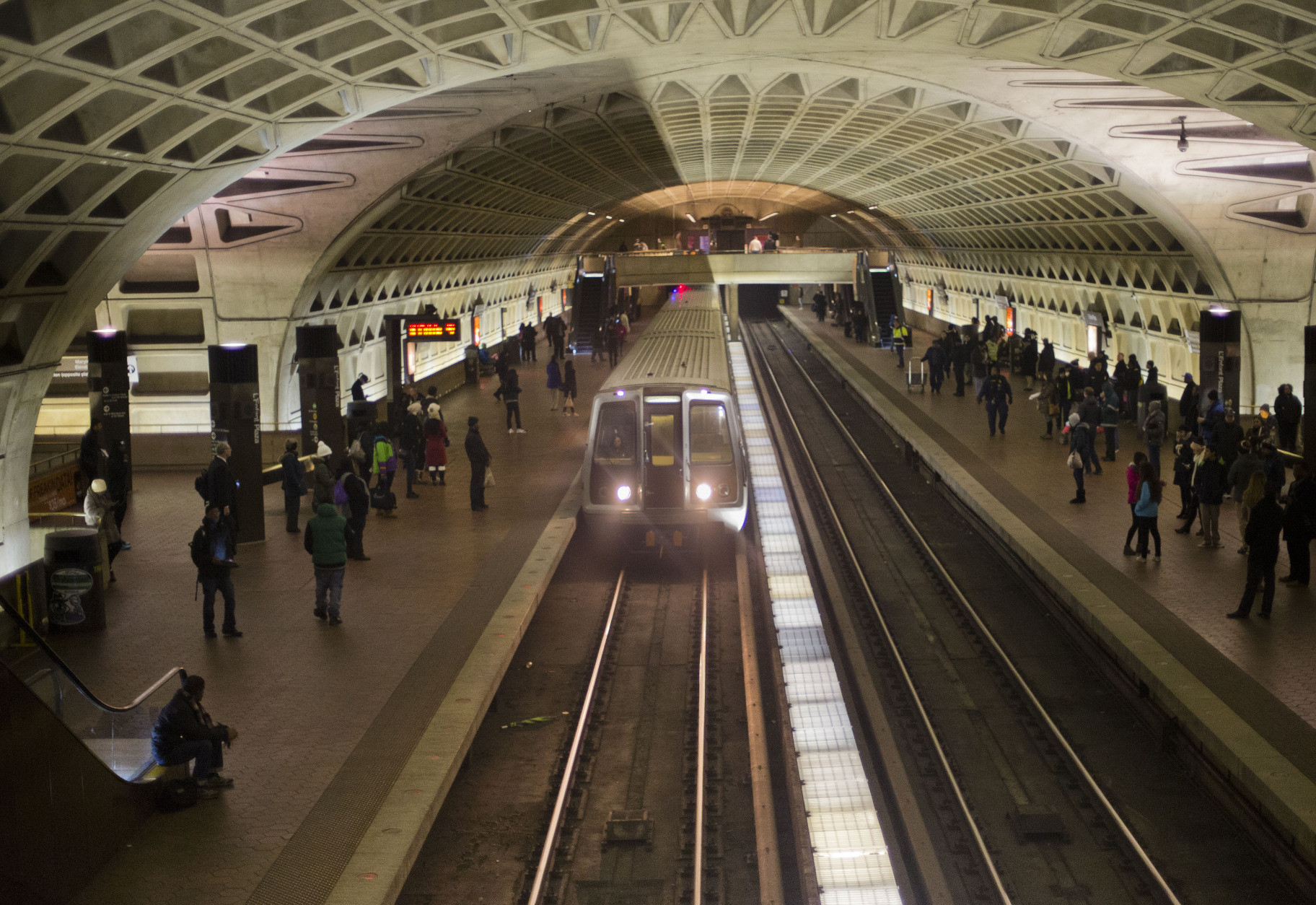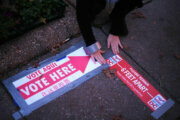WASHINGTON — Among the many challenges facing Metro, the transit agency’s planners are worried about overcrowding getting worse. While it has come up with a solution to ease congestion, it comes with a hefty price tag.
As the Washington Metropolitan Area Transit Authority works on improving its safety and reliability, the agency’s planners say crowding on platforms and trains is presenting safety concerns and slowing the system down, says Metro Planning Director Shyam Kannan.
“With the amount of development and the amount of ridership, we’re actually seeing on [the Siilver Line] today, plus the additional ridership we’re seeing on Blue and Orange, all these lines added tons of riders that 20 to 30 years ago couldn’t have been anticipated,” Kannan says.
All those passengers ride the three busy lines that feed into Rosslyn.
As part of a $6 billion 2025 Initiative pitched to area transit leaders in the National Capital Regional Transportation Planning Board, WMATA planners proposed adding more entrances to Rosslyn or even building another station for the Blue line there.
Crowding is not just a problem in Virginia.
It’s the reason it takes longer to get from one end of the Red line to the other than it did five years ago, Kannan says. It now takes 67 minutes when it used to take a passenger 61 minutes.
“That extra six minutes means we’re running two trains fewer per hour than we’d like to run. That’s a 10 percent reduction of service on the Red line. We can resolve that and should, if we want it running as well as it can for our customers,” Kannan says.
Along with expanding stations and entrances, planners also pitched adding longer cars during peak travel hours and doubling Metrobus speeds.








